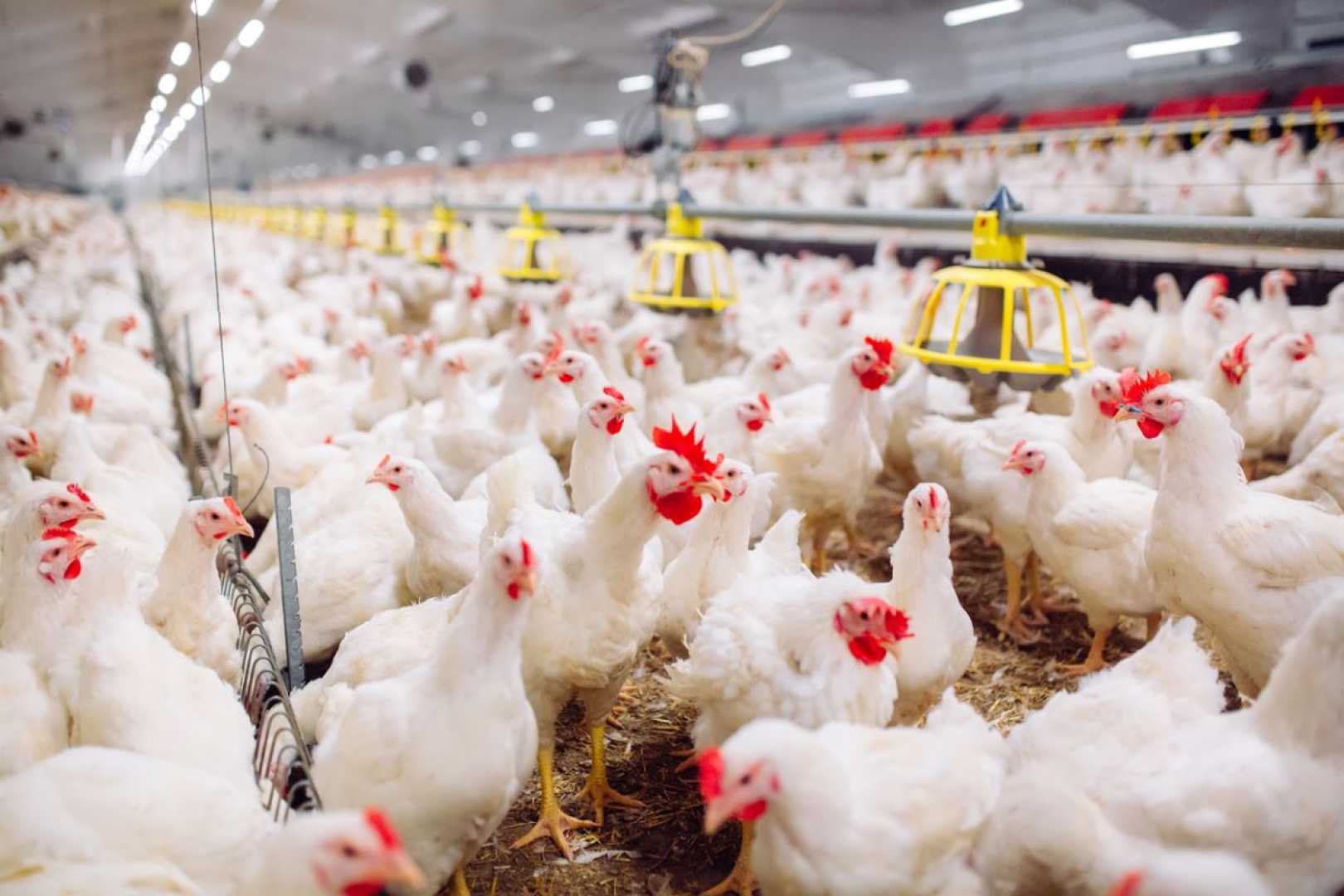Business
Bird Flu Outbreak Drives Egg Prices to Record Highs

KANSAS CITY, Mo. — A surge in bird flu cases has sent egg prices soaring across the U.S., with a dozen large, Grade A eggs averaging $4.15 in December 2024 — a 37% increase from the previous year, according to the U.S. Department of Agriculture. This marks the highest price since 2022, when eggs hit a record $4.82 per dozen.
The spike is largely attributed to the loss of more than 13 million egg-laying hens in December alone, the deadliest month of 2024 for the poultry industry. Another 3.3 million hens died in early January, further straining supplies. The highly pathogenic avian influenza (HPAI) virus, which first emerged in 2022, has devastated flocks across the Midwest, a region that produces the majority of the nation’s eggs.
“One of the hard parts is there’s this regional concentration of production,” said Jada Thompson, a poultry economist at the University of Arkansas. “When a disease hits farms in that area, it affects multiple farms, and that impacts the supply of eggs — and that supply then affects our prices.”
The virus has also spread to dairy cattle for the first time, complicating containment efforts. Since last spring, over 60 humans have contracted the virus, primarily through direct contact with infected animals. While most cases have been mild, the CDC maintains that the health risk to humans remains low.
Yuko Sato, a poultry extension veterinarian at Iowa State University, explained that the virus spreads rapidly among birds, often killing them within days. “When bird flu is confirmed on a farm, all birds on that site are depopulated to control the virus and prevent further spread,” she said.
The Midwest, home to major egg-producing states like Iowa, Ohio, and Indiana, has been particularly hard-hit. “The disease has stuck around in the Midwest due to climate conditions and wild bird migratory patterns,” Thompson noted. “This region has been disproportionately affected.”
Producers are working to replenish flocks by hatching more chicks, but the process is costly and uncertain. “Everybody’s trying to find the best solution to mitigate disease impacts and maintain profitability,” Thompson said. “If egg prices are high, consumers buy fewer eggs, which creates challenges for both producers and consumers.”
While Thompson expects prices to stabilize as the egg supply recovers, she warned that further outbreaks could push costs even higher. “We’ll have to keep an eye on how many outbreaks there are and where they’re happening,” she said.
In the meantime, consumers are feeling the pinch. Some stores have begun limiting egg purchases, and in parts of California, prices have soared to nearly $9 per dozen. Despite the challenges, experts assure that properly cooked eggs remain safe to eat, as the virus is unlikely to enter the food supply chain.
This story was produced in partnership with Harvest Public Media, a collaboration of public media newsrooms reporting on food systems, agriculture, and rural issues.










